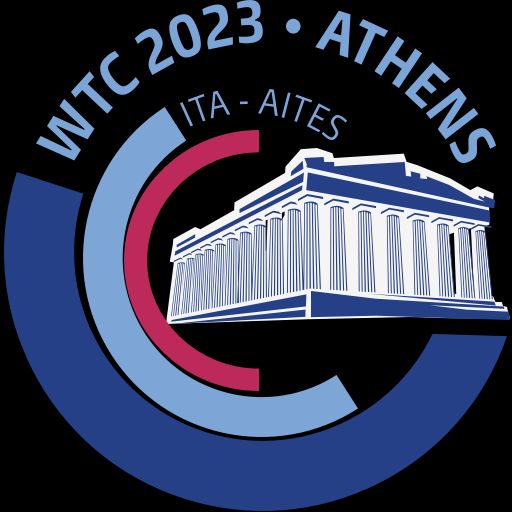 hyperTunnel to present two papers and a technical poster at WTC 2023
hyperTunnel to present two papers and a technical poster at WTC 2023
hyperTunnel will be attending the World Tunnelling Congress (WTC 2023) in Athens, Greece from May 12-18. The team will be delivering three sessions at the global event: two are presentations of technical papers and one is a poster session.
Monday May 15th: 14:20- 14:40. Poster presentation: Dr. Tim Delport.
Session 1, poster station D.
Title: Geotechnical analysis of adapted permeation and compaction grouting techniques for detailed design and construction of underground structures. Based on paper by T. M. A. Delport, J. A. S McCosh, K. M. Nowak.
Monday May 15th: 15:00-15:20. Technical session: Patrick Lane-Nott, Director of Engineering, hyperTunnel.
Title: 3D Geo-modelling using geophysical tools to aid injection grouting. Based on paper by J. Whittaker, T. M. A. Delport, R. S. A. Al-Harthy.
Content: Geophysical tools are increasingly utilised within the tunnelling and underground
construction industry; investigating the extent and properties of physical domains where traditional direct investigation methods encounter restrictions. This paper describes the development and subsequent advanced processing method used by a unique robotic ground penetrating radar (GPR) tool, that is used to survey beyond a pipe-liner installed within an in-ground horizontal direction drilling (HDD) bore as part of the hyperTunnel method.
Wednesday May 17th: 09:50-10:10. Mr. Dylan Phillips, Head of Design, hyperTunnel
Title: 3D Printing of tunnels. Based on paper by D. P. Phillips, T. M. A. Delport.
Content: Construction of underground tunnels via tunnel boring machine (TBM) is regarded as costly – particularly in terms of human labour, machine construction and material require- ments, and significant time duration of projects. Several recent examples of this construction method demonstrate the large cost and time associated with manufacturing TBMs prior to the actual tunnelling process beginning, as well as the requirement of the TBMs to be supported by hundreds of personnel. When deployed to construct kilometres of tunnel, advancement rates result in projects typically taking years to complete. hyperTunnel proposes an alternative construction method which “3D prints” tunnels using swarm robotics – hyperSwarm. hyperSwarm consists of thousands of small individual tunnelling robots working concurrently in an effort that is envis- aged to substantially reduce environmental impact, reduce project lead-time to months rather than years, and reduce costs by orders of magnitude. Advanced integration and management of the robotic swarm means only a small team of engineers would be required to remotely operate the swarm, presenting further benefits in labour costs, as well as health and safety. An overview of the 3D printing construction method deployed by hyperSwarm, as well as its development, is provided. Various stages of the development are detailed, including robotic functions and the way construction materials are controllably placed to form underground structures.
The full list of technical presentations can be found here: https://wtc2023.gr/congress/scientific-program/technical-sessions/
